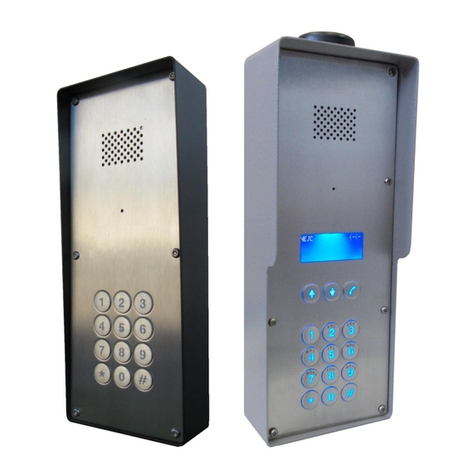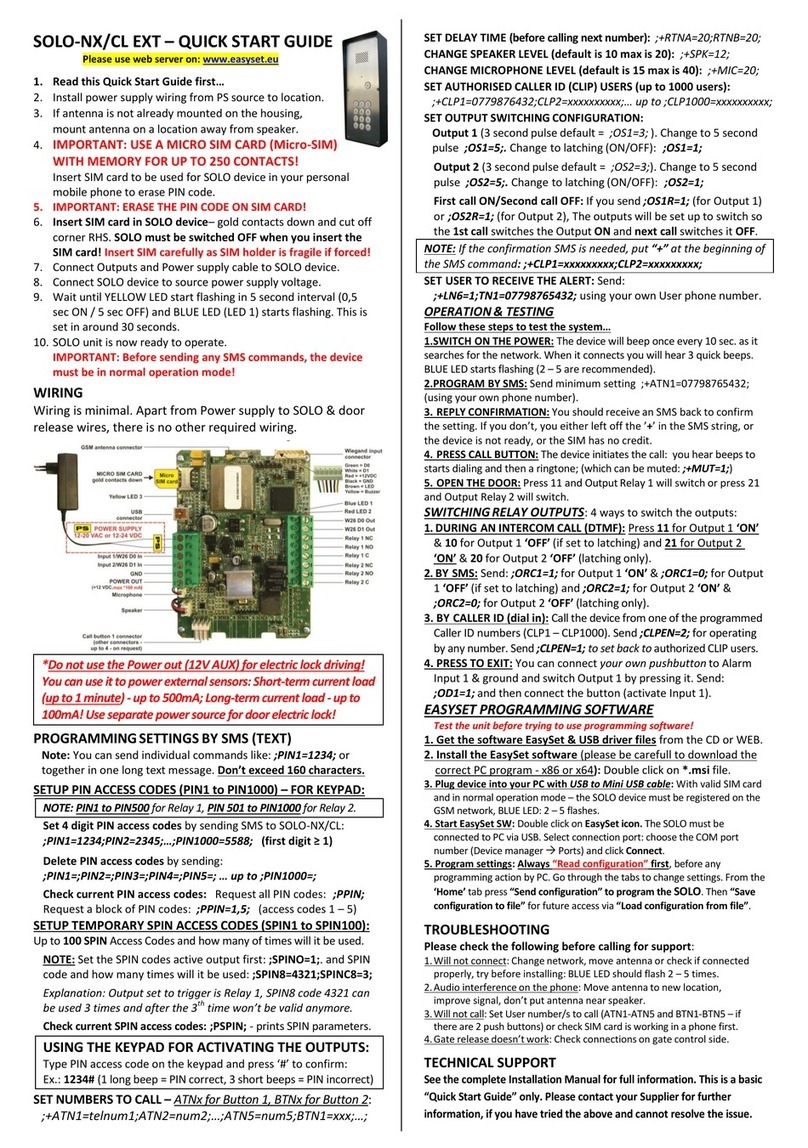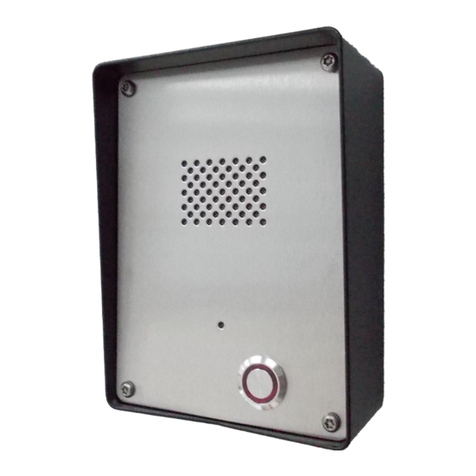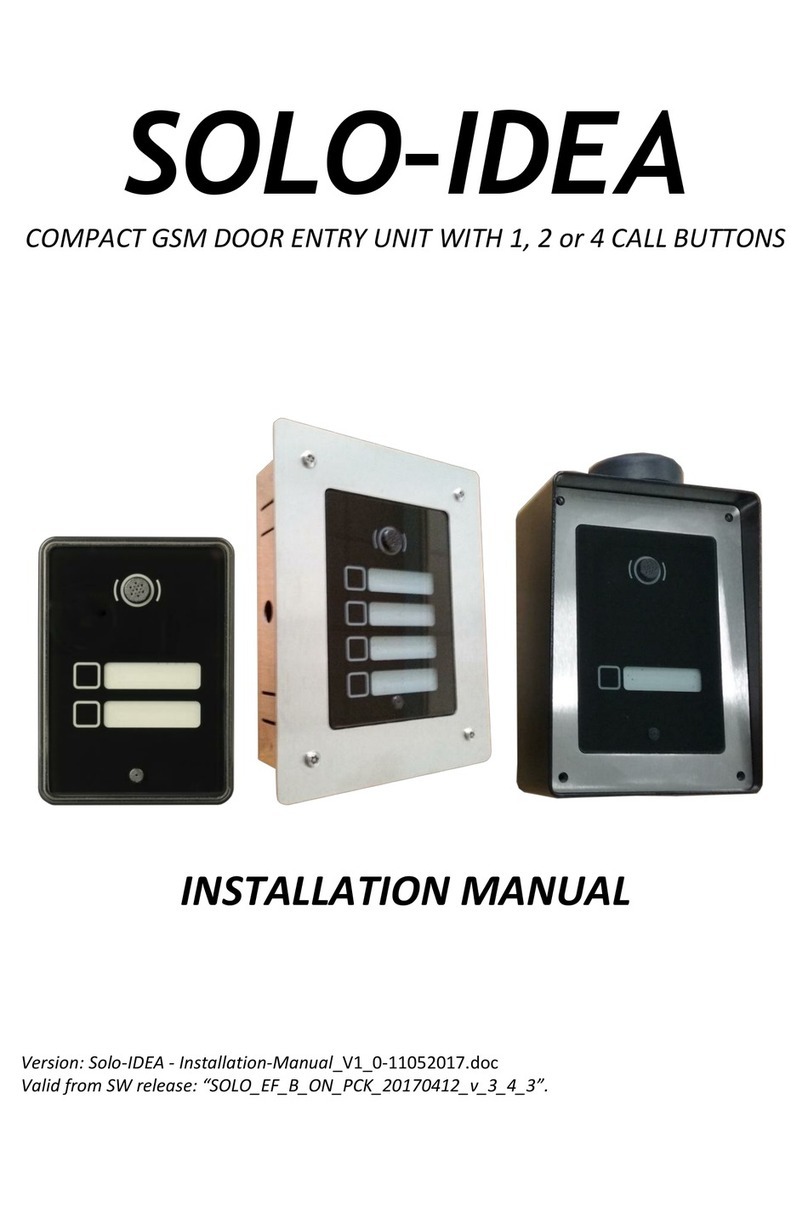Page 2
Contents
1FOR YOUR SAFETY.............................................................................................................................................4
2INTRODUCTION...................................................................................................................................................4
3FEATURES AND APPLICATIONS.....................................................................................................................4
4START UP...............................................................................................................................................................5
5LED DISPLAY........................................................................................................................................................6
6CLEAR ALL PROGRAMMED DATA FROM SIM ..........................................................................................6
7CONNECTING DIAGRAM ..................................................................................................................................7
8PROGRAMMING SOLO-KC...............................................................................................................................7
9THE SOLO-KC PARAMETERS..........................................................................................................................8
9.1 ALARM SUPPORT.............................................................................................................................................................8
9.2 OUTPUT MANAGEMENT ..............................................................................................................................................10
9.3 SECURITY LEVEL - SL...................................................................................................................................................11
9.4 PREPAID CARD CREDIT AND VALIDITY INFORMATION......................................................................................12
9.5 SET-UP PARAMETERS...................................................................................................................................................14
9.6 INTERCOM.......................................................................................................................................................................18
9.7 CLIP...................................................................................................................................................................................21
9.8 EVENT LOGING ..............................................................................................................................................................22
9.9 SPECIAL SMS COMMANDS ..........................................................................................................................................23
10 PRINT-OUT OF THE PARAMETERS..............................................................................................................25
10.1 RECEIVE ALL PARAMETERS (PALL) .........................................................................................................................25
10.2 CHECK SW REVISION (PSW)........................................................................................................................................25
10.3 CHECK SIGNAL QUALITY (PSQ) .................................................................................................................................25
10.4 RECEIVE TELEPHONE NUMBERS (PTN)....................................................................................................................25
10.5 RECEIVE LINKS (PLN)...................................................................................................................................................25
10.6 RECEIVE OUTPUT FILTER VALUE (POD)..................................................................................................................25
10.7 RECEIVE ACCESS TELEPHONE NUMBERS (PSL).....................................................................................................26
10.8 RECEIVE OUTPUT PARAMETERS (POS)....................................................................................................................26
10.9 RECEIVE ALL PROGRAMMED SMS MESSAGES (P#) ..............................................................................................26
10.10 RECEIVE SET UP PARAMETERS VALUE (PPA) ........................................................................................................26
10.11 RECEIVE CREDIT PARS PARAMETERS (PCREF)......................................................................................................26
10.12 RECEIVE CREDIT PARS PARAMETERS (PCN) ..........................................................................................................26
10.13 RECEIVE ALL CLIP PARAMETERS (PCLP) ................................................................................................................26
10.14 RECEIVE INTERCOM BUTTON 1 PARAMETERS (PDEA)........................................................................................27
10.15 RECEIVE INTERCOM BUTTON 2 PARAMETERS (PDEB) ........................................................................................27
10.16 RECEIVE INTERCOM BUTTON 3 PARAMETERS (PDEC) ........................................................................................27
10.17 RECEIVE INTERCOM BUTTON 4 PARAMETERS (PDED)........................................................................................27
10.18 RECEIVE INTERCOM BUTTON 5 PARAMETERS (PDEE).........................................................................................27
10.19 RECEIVE INTERCOM BUTTON 6 PARAMETERS (PDEF).........................................................................................28
10.20 RECEIVE INTERCOM BUTTON 7 PARAMETERS (PDEG)........................................................................................28
10.21 RECEIVE INTERCOM BUTTON 8 PARAMETERS (PDEH)........................................................................................28



































